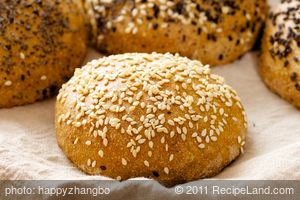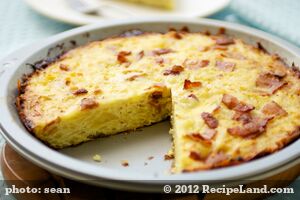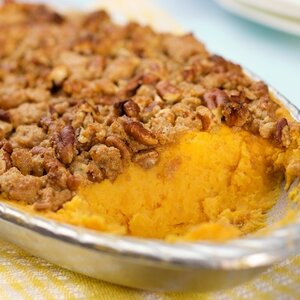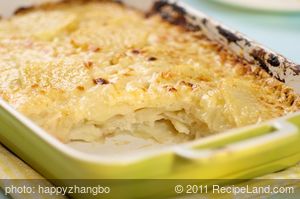YIELD
1 batchPREP
30 minCOOK
20 minREADY
50 minIngredients
Directions
Toss them into a 2-quart pot, cover with water, add 2 teaspoons of the salt, and boil until the potatoes are soft enough to be pierced easily with the point of a knife.
Dip a measuring cup into the pot and draw off ½ cup of the potato water and reserve.
Drain the potatoes in a colander and then spread them out, either in the colander or on a cooling rack over a jelly-roll pan, and let them cool and air-dry for 20 to 30 minutes.
They must be be dry before they’re mashed.
When the potatoes are cool, stir the yeast into the reserved potato water (if the water is no longer warm, heat it for a few seconds in a microwave oven -- it should feel warm to the touch) and allow the mixture to rest for 5 minutes; it will turn creamy.
Meanwhile, turn the cooled potatoes into the bowl of a mixer fitted with the paddle attachment and mash them.
With the mixer on low speed, add the dissolved yeast and the olive oil and mix until the liquids are incorporated into the potatoes.
Replace the paddle with the dough hook and, still mixing on low speed, add the flour and the remaining 2 teaspoons salt.
Mix on low speed for 2 to 3 minutes, then increase the speed to medium and mix for 11 minutes more.
The dough will be firm at first and soft at the finish.
At the start, it will look dry, so dry you’ll think you’re making a pie crust.
But as the dough is worked, it will be transformed.
It may even look like a brioche, cleaning the sides of the bowl but pooling at the bottom.
Have faith and keep beating.
See Part 2.
Comments



